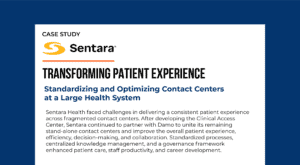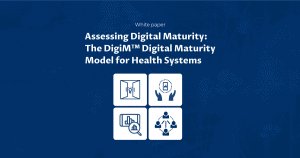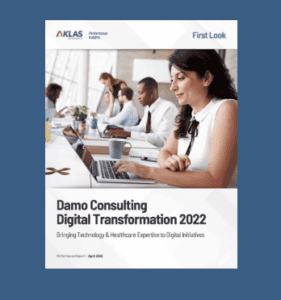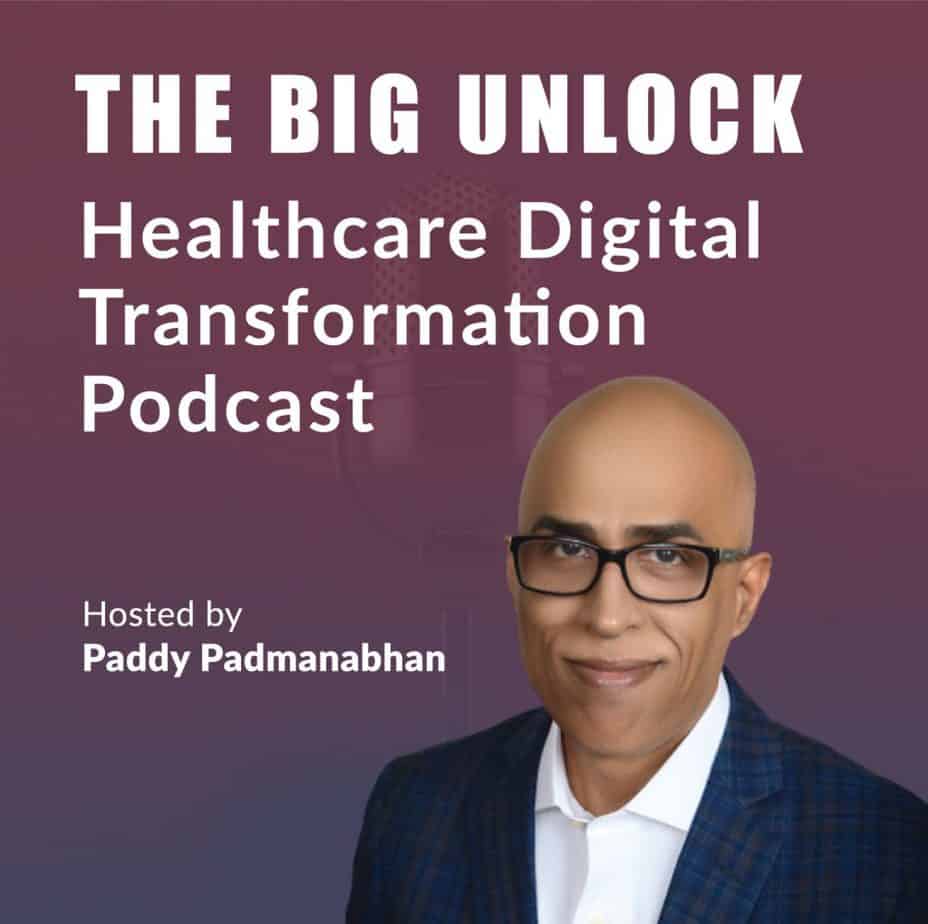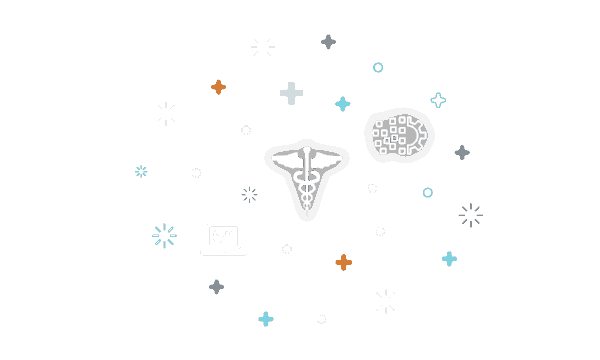Enterprise CRM Strategy: Why Now is the Best Time to Start
Healthcare organizations face risk in not delivering exceptional consumer experiences. Those that don’t prioritize customer relationship management may find it harder to maintain their competitiveness.

Originally published on Healthcare IT News
Healthcare organizations face risk in not delivering exceptional consumer experiences. Those that don’t prioritize customer relationship management may find it harder to maintain their competitiveness.
In a competitive environment, not delivering what consumers want carries considerable risk. But providing consistent and excellent customer experiences is a critical differentiator for health systems and health plans, and is challenging.
In a market with ever-increasing customer choices, including those offered by nontraditional players such as Amazon and CVS, differentiating requires a significant focus of time and effort. Healthcare is evolving, and large national players are entering the market as worthy competitors.
Organizations that do not prioritize CRM strategy, depending on the specific mix of competitors and their brand strength, may find it increasingly harder to “catch up” to retain current customers and attract new ones.
Ultimately, the actual cost will be paid in the marketplace as customers may opt for different and potentially better options. As the well-known phrase goes: The best time to develop an enterprise digital and CRM strategy (plant a tree) was three years ago, and the second-best time is now.
An enterprise CRM strategy helps organizations stay competitive
Staying competitive relies on the organization’s ability to deliver, ideally, a highly differentiated experience, but at a minimum, a simplified, streamlined experience for their customers, patients, members and staff.
For many, their CRM journey began as a natural extension and coordination of their patient portal, telehealth, virtual care and digital front-door initiatives. Most soon realized the importance of including CRM in an overall digital strategy and the considerable risks in pursuing CRM without proper governance and alignment. It could become costly and ineffective very quickly.
For example, Geisinger Health in Pennsylvania developed an enterprise CRM strategy and roadmap. Also, it operationalized a CRM Center of Excellence to support the needs of their health systems and health plan as part of a multiyear journey. They realized the immediate benefits of better-managing investments and resources, allowing them to execute their roadmap projects very effectively.
Still, many organizations have not yet invested the time and resources required to thoughtfully develop an enterprise digital strategy that positions CRM as the enabler of communication, engagement, care access, and delivery. While acknowledging there are distinct, and not trivial, difficulties in the current environment of staffing shortages, ongoing pandemic-related challenges, financial pressures and a changing market, the importance remains.
The ability to deliver a quality experience highly correlates to the organization’s digital maturity and technology infrastructure related to CRM. Expecting a CRM program to perform as an enabler or driver of strategic plans without adequately addressing the following will often lead to expensive mistakes, unnecessary delays, and disappointing or underwhelming results:
- overall enterprise digital strategy.
- governance and alignment.
- technology roadmap and dependencies.
- organizational readiness and internal capabilities.
When developed from an enterprise perspective, a CRM strategy enables business, clinical and financial objectives.
High-value CRM use cases
Organizations should identify the lines of business and use cases that offer the most near-term value and likelihood of success. For many, contact centers are how most patients and/or members interact with the organization and are, therefore, a focus of early CRM use cases.
Addressing pain points in the patient/member journey to encourage engagement and increase satisfaction pays high dividends by closing care gaps and facilitating closer care management. The insights that a robust CRM provides can empower agents and highly increase the personalization of the interaction.
In one case, a large integrated delivery system identified its contact center consolidation initiative as an early use case. Adding CRM to their contact center is expected to improve many standard KPIs and allow them to effectively consolidate agents into “super agents” with an improved ability to resolve multiple customer issues in one call.
It will also enable them to more effectively consolidate many disparate locations into just two over the next one to two years. The result is expected to be a highly improved customer experience and meaningful improvement in key industry-standard call metrics and KPIs such as first call resolution, average handling time, and average time in queue/wait time.
Developing an enterprise CRM strategy has challenges
The challenge for many organizations, even those leading the way, is that meeting or exceeding new consumer expectations relies heavily on using technologies that enable you to:
- know and understand your customers at a deep level.
- build customer profiles, preferences, and data sets.
- use this data and information to deliver personalized experiences that match the individual customer’s desired model and level of engagement.
The default for many organizations has been to use the CRM tools included with their EHR. While this may work as a starting point, to a large extent, the EHR-based tools have yet to provide the rich, nuanced experience that is the ultimate desired outcome. Healthcare executives need more robust tools and formal programs that align with the distinct requirements of the healthcare ecosystem and help improve access to care and population health, such as closing care gaps and addressing the ongoing needs of patients with chronic diseases.
Epic, for example, officially launched its CRM module Cheers in 2022 and has aspirations to provide the functionality of a true omnichannel, personalized customer experience. However, a mix of clinical, nonclinical and other data is needed to enable this vision, and it is not all in the EHR.
For those pursuing a well-defined CRM strategy, this creates a strong case for integration between the EHR and other best-in-class applications and platforms that can build out the CRM technology stack. Cerner has an integrated solution with Salesforce called HealtheCRM. Time will tell how successfully and soon EPIC, Cerner, and other EHRs address full CRM functionality.
Start or advance your enterprise CRM journey now
Even the most optimal CRM strategy will only provide value when executed. Every organization has a unique situation regarding its IT maturity, market position, internal capabilities, financial state, culture of innovation and ability to manage change.
An essential starting point for CRM is documenting the current use across the organization, including the technology stack and projects in flight or planned. This step alone often uncovers immediate opportunities to improve the coordination of resources and budget allocations.
The next step is to assess the organization’s readiness relating to internal capabilities, competing initiatives, budgets, alignment and strategic planning. The organizational readiness will determine the pace and appetite for pursuing a CRM (or any digital) strategy.
It will also inform the unique road map of projects foundational to the CRM program and the initial use cases most likely to succeed and build confidence.
Meeting the significant shift in customer expectations requires a structured approach and a fresh look at the tools and processes needed for success at the enterprise level. Organizations that fail to create a compelling experience for their patients, members and staff are at risk of losing them to those who do.
Luckily for healthcare systems, consumers still prefer to receive care from trusted local and regional providers.
However, these relationships are increasingly tenuous. The lure or promise of a better experience is strong. Healthcare systems that begin to invest time and resources now to develop an enterprise CRM strategy are much more likely to remain the top choice for care in their communities.

